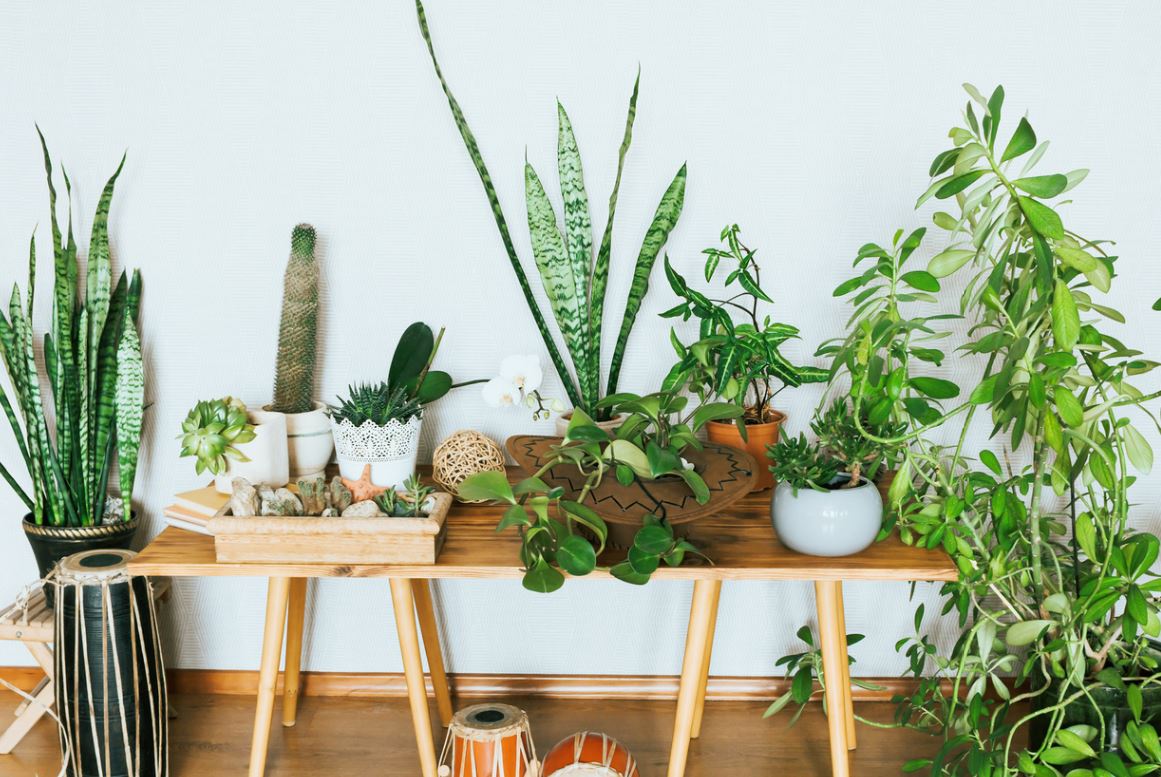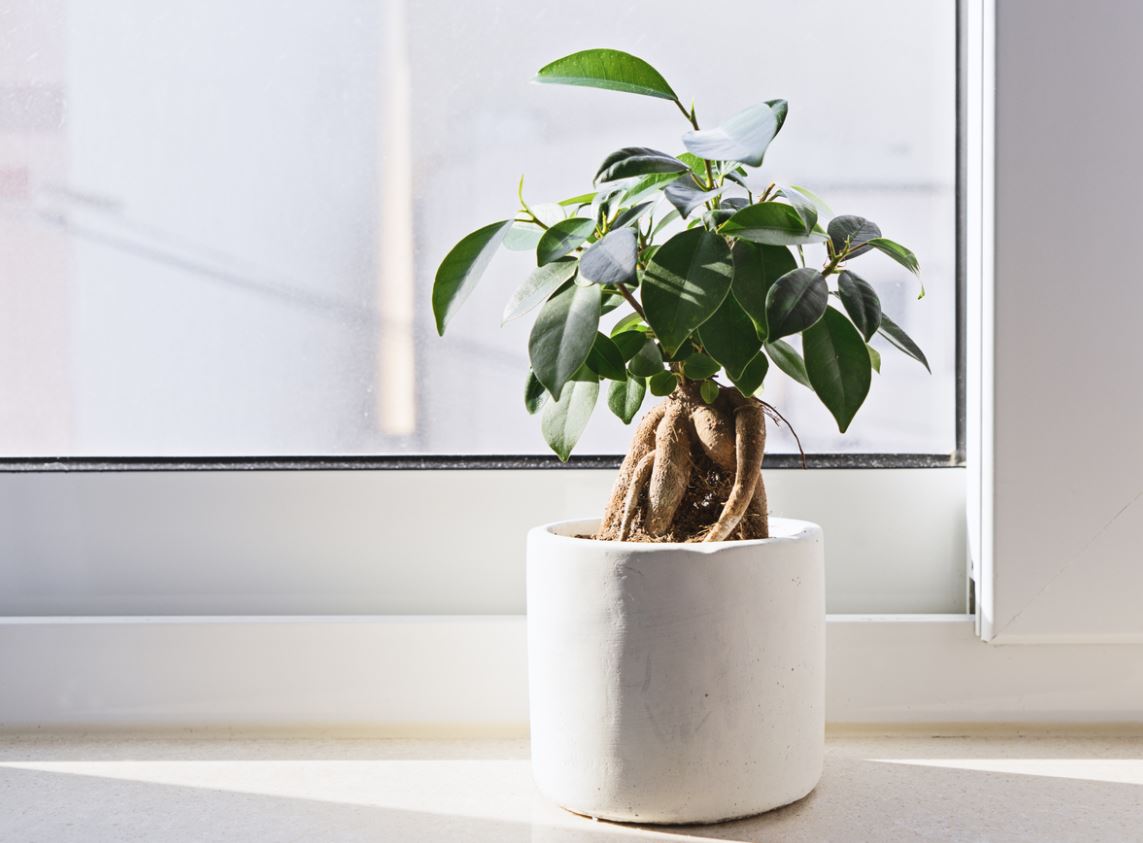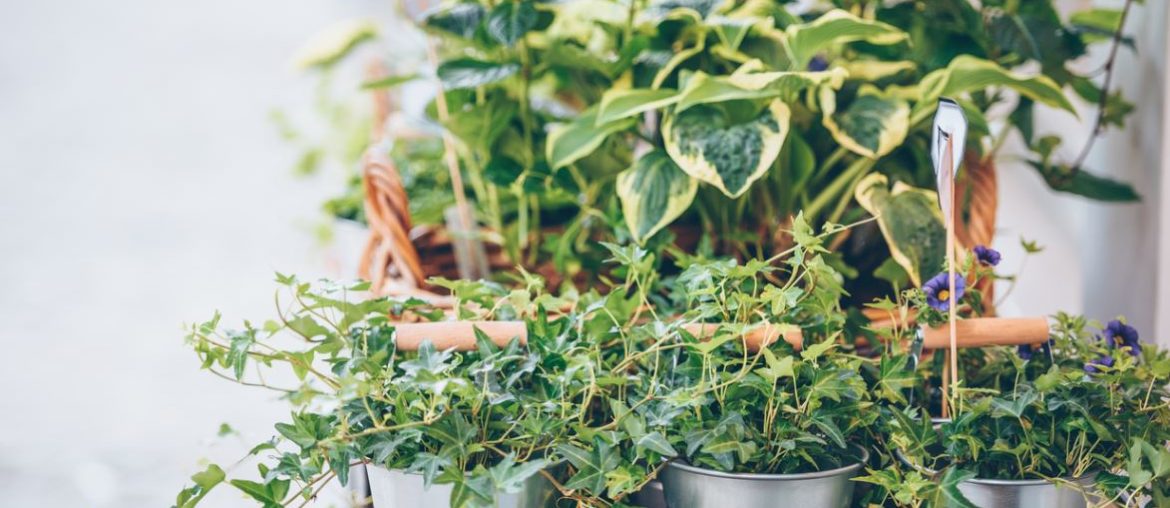The plants grown in the house do not appreciate the period between November and March. Artificial heating, essential to our comfort, upsets plants because it dries out the air or maintains a temperature that is too high. There is no light and the cold drafts are terrible …
Winter is a dormant period for most houseplants
Most houseplants go into dormancy sometime in October. The slower growth is related to the reduction in daylength. You must, therefore, follow the biological rhythm of the plants, starting by stopping the application of fertilizers. No need to stimulate the development of plants, since they are resting. At the same time, reduce the frequency and doses of watering.
The natural dormancy of tropical species is linked to the dry season, it is normal to respect this behavior. The last important point concerns the ambient temperature. In a well-heated room, plants will tend to “forget” the dormant period. In foliage species, the consequences are hardly visible. On the other hand, failure to observe vegetative rest almost always prevents the formation of flower buds. It is one of the main causes of non-flowering plants in the house. There is also a greater fragility and less longevity in plants that have not observed winter rest.
Our advice: You will have better results in cool rooms than in hot rooms. With 18 ° C during the day and 15 ° C at night, most houseplants behave without a problem. As soon as the temperature rises, you need to increase the humidity of the air, this is the secret of success.

Indispensable freshness
For a feeling of comfort in the house, we need an average of 18 to 20 ° C. This temperature also corresponds to the well-being of a large majority of indoor plants during the growing season.
On the other hand, those which require a very marked vegetative stop or which come from semi-temperate regions, are not satisfied with these conditions. This is the case of cyclamen, azaleas, cineraria, primroses, hydrangeas, heather, potted bulbs, etc., which it is difficult to keep for more than a week in a normal room, since they need less than 15 ° c (ideal from 8 to 12 ° c).
The same goes for so-called “Mediterranean” species: citrus, bougainvillea, certain palms, plumbago, mimosa, strélitzia, cycas, datura, pittosporum, pomegranate, solanum, anisodontea, jasmine, etc., which withstand temperatures close to 0 ° C in in the ground and enjoy between 5 and 10 ° c in a pot in winter.
The same is also true for Cacti, succulents, passion flower, apartment linden, nertera, love apple, clivia, etc.
All these plants must overwinter in a cold greenhouse or in a veranda, otherwise their foliage will turn yellow and drop prematurely. Note that almost all plants tolerate much lower temperatures than one might suppose, on the sole condition of having good atmospheric humidity, but a very dry substrate.
Read also: Minis (and carboys) for successful indoor crops
Increase humidity in winter
Heating systems pump moisture from the air, which is very detrimental to plants. To avoid this drought, place the pots on beds of chippings or expanded clay balls kept moist at all times. Also place saturators on radiators.
Spraying the foliage is valid for plants with smooth foliage, provided that water does not run off the leaves and does not come to moisten the substrate. Vaporization should be stopped in rooms where the temperature is below 18 ° C.
Increase lighting
In winter, not only are the days shorter, but the light intensity is much lower. If the room is heated, the plants remain partial in dormancy, so they need a lot of light. Don’t hesitate to place them just behind a window. It is the coolest location in the room, but also the brightest. In the regions north of the Loire, direct exposure to the sun between November and February is recommended. If you do not have large windows, replace conventional lamps with “daylight” type bulbs or “horticultural” fluorescent tubes and keep them on for at least 6 hours each day.

Buying in winter
The holiday season is a good time to buy indoor plants. It is the peak season for orchids and poinsettias, the assortment of which is very rich and attractive. But due to the cold, it is very important to take some precautions when transporting plants from the store to the home.
A sudden drop in temperature causes flower buds to drop or noticeably shortens the duration of flowers already in bloom. Request that the plants be fully wrapped, with the protection around the flowers reinforced with at least two layers of tissue paper.
And above all, do not buy plants offered outside in the markets in winter.
To read also: How to properly buy your indoor plants?
Spring in winter
The flower bulbs that bloom in the garden in spring: tulips, daffodils, hyacinths, crocuses, grape hyacinths, scilles, bulbous irises, etc., can constitute ephemeral flower pots, but superb to brighten up our interiors in winter. For this, we practice a forced culture, that is to say, which forces the plant to develop during a period different from its natural growing season. The ambient mildness of the house is enough to cause the bulbs to vegetate.
However, for flowering to take place, the bulb must undergo a period of cold. The so-called “forced” or “prepared” bulbs have been kept in a cold room. The embryonic flower they contain is already well developed. Most often, they offer a very large caliber, which guarantees you large flowers. Place the bulbs in a sandy substrate or in chippings. Keep the culture in the dark until the flowering stems appear.
Read also :








